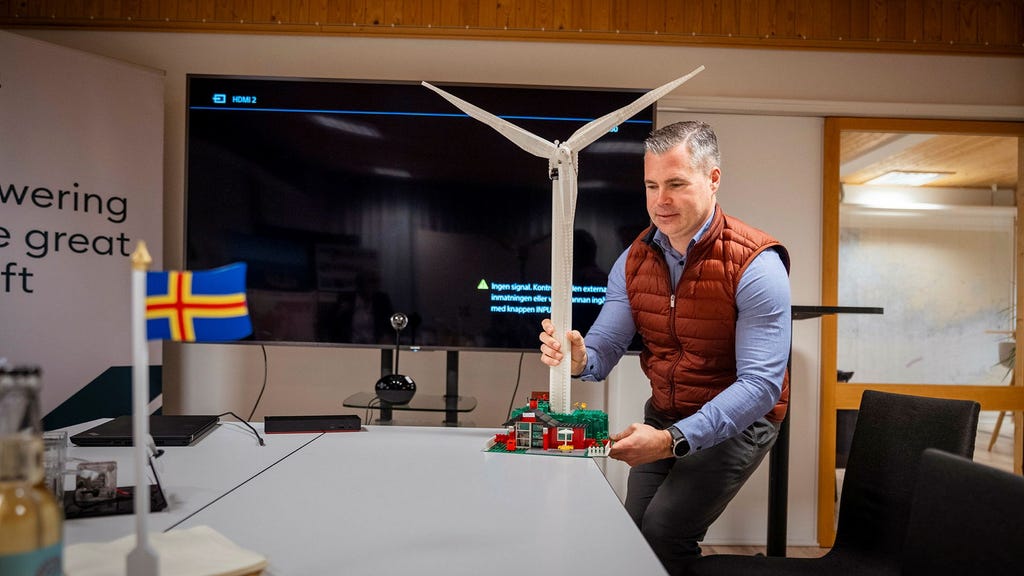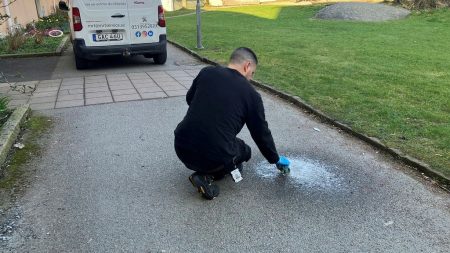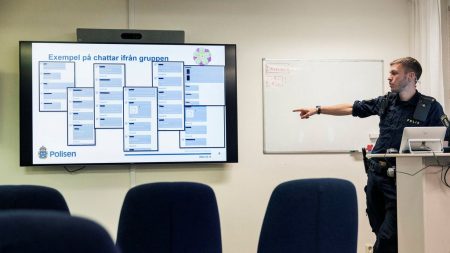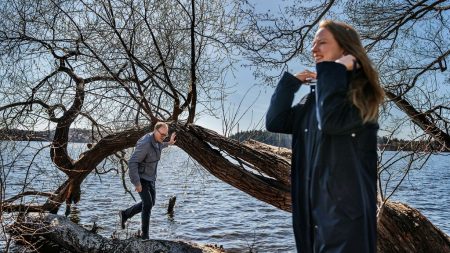Paragraph 1: The Genesis of the Conflict
Swedish renewable energy company OX2 aspires to construct a massive offshore wind farm, Sunnanvind, near the Åland Islands, a self-governing archipelago in the Baltic Sea under Finnish sovereignty. Ideally, OX2 prefers a location south of the islands, boasting superior wind and ice conditions. However, the Finnish Defence Forces vetoed this southern location due to national security concerns, sparking a debate about the compatibility of renewable energy projects with military operations. This disagreement prompted OX2 to explore technological solutions to address these security apprehensions.
Paragraph 2: OX2’s Technological Approach to Security Integration
OX2 initiated a pilot project at the Lilla Båtskär wind farm, south of Åland, to demonstrate the feasibility of integrating surveillance technology into wind farms. This “virtual fence” concept incorporates a network of sensors, including AI-powered cameras, radar, hydrophones (underwater microphones), and fiber optic cable sensors, to monitor the surrounding maritime environment. This technology provides comprehensive real-time surveillance, detecting everything from marine life and recreational vessels to potential security threats such as divers and drones. OX2 argues that this system, driven by the need to protect their multi-billion dollar investment, offers a significant opportunity to enhance maritime security for government agencies.
Paragraph 3: The Argument for Enhanced Surveillance Capabilities
Anders Wiklund, OX2’s Åland manager, emphasizes the value of this integrated surveillance system in a hybrid warfare scenario, where critical infrastructure could be targeted. The ability to detect and identify intrusions immediately enhances deterrence and provides crucial evidence for rapid response. Wiklund further argues that incorporating surveillance into offshore wind farms effectively extends a nation’s coastal monitoring capabilities further out to sea. He highlights the successful coexistence of wind farms and national security in other European countries with established offshore wind power industries, like England, Denmark, the Netherlands, and Germany, as a model for Finland and Sweden.
Paragraph 4: The Finnish Defence Force’s Continued Opposition
Despite OX2’s efforts, the Finnish Defence Ministry remains unconvinced. They maintain that large wind farms inherently obstruct surveillance operations, and integrating civilian surveillance technologies into these structures does not adequately mitigate the security risks in strategically sensitive areas. The ministry emphasizes that they maintain close contact with Åland authorities and have already approved over 50 individual wind power projects, comprising more than 5,500 turbines, north of the islands. This suggests a willingness to support wind power development, but only in locations deemed less critical for national defense.
Paragraph 5: The Broader Context of the Debate
This conflict between renewable energy development and national security highlights a growing challenge for countries striving to achieve their climate goals while safeguarding their strategic interests. The case of Sunnanvind exemplifies the complex balancing act required to accommodate both priorities. OX2, backed by the Wallenberg-influenced investment firm EQT, presents its project as an opportunity to enhance, not compromise, national security, while the Finnish ministry remains skeptical, prioritizing unimpeded surveillance capabilities.
Paragraph 6: The Need for Collaboration and Compromise
The Sunnanvind project underscores the necessity for ongoing dialogue and collaboration between stakeholders. Finding solutions that satisfy both the demand for renewable energy and national security imperatives will require innovative approaches and a willingness to compromise. The success of similar projects in other countries demonstrates that coexistence is achievable, but only through a proactive, collaborative approach that prioritizes finding mutually beneficial outcomes. The future of Sunnanvind and other similar projects hinges on the ability of governments, developers, and security agencies to bridge the divide and forge a path forward that balances these competing interests.














